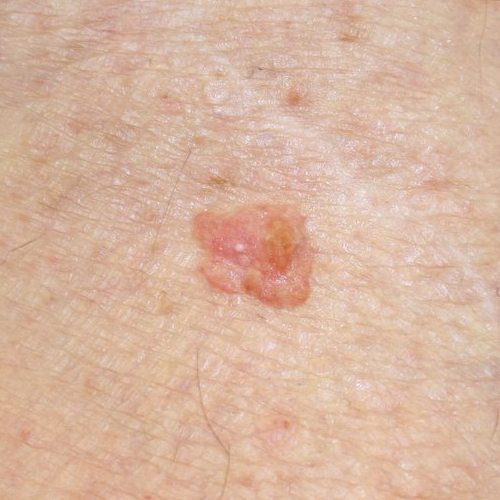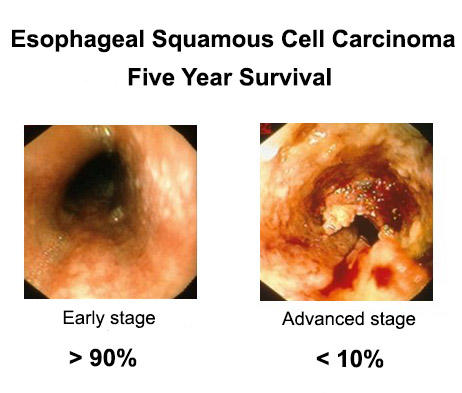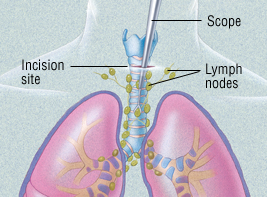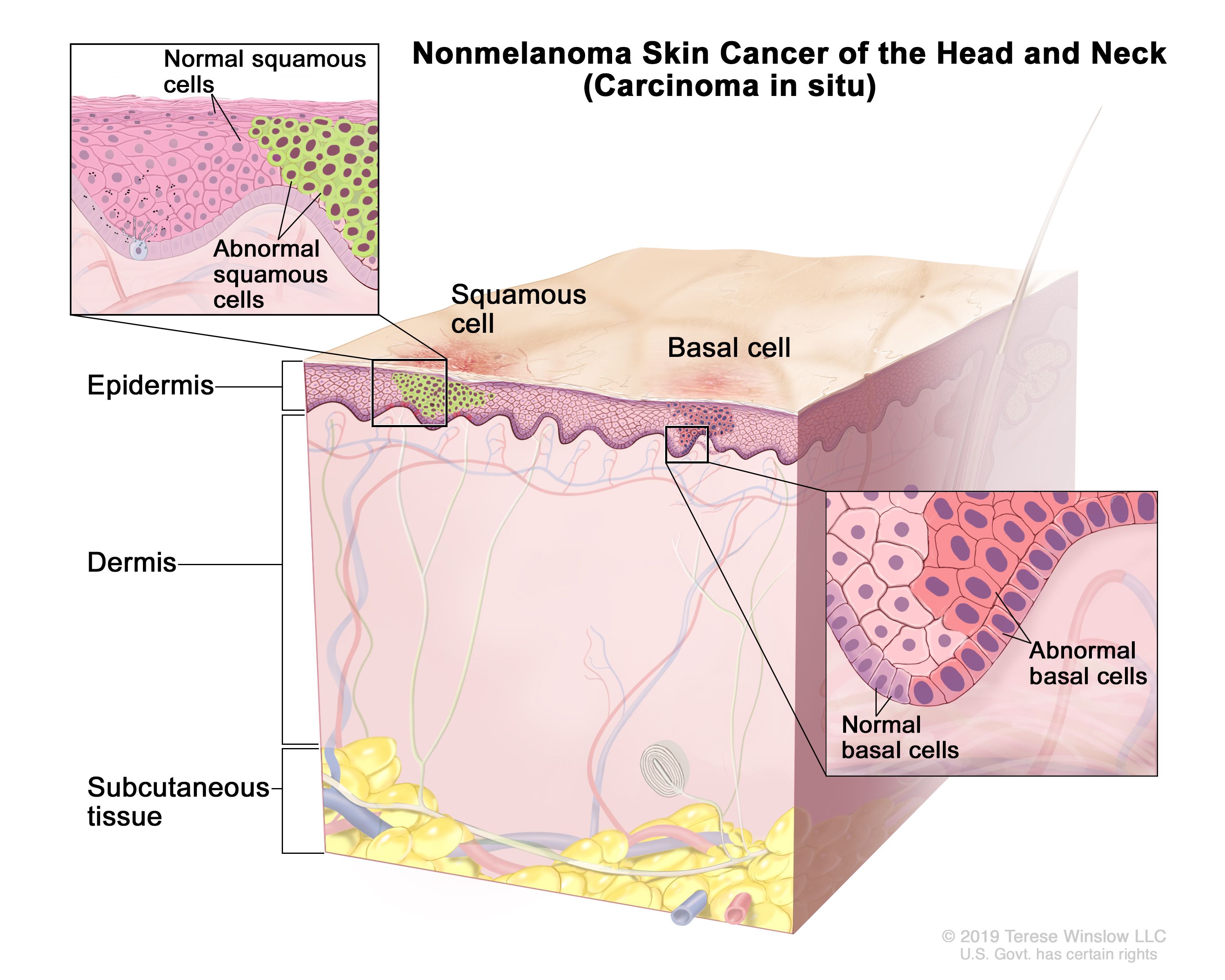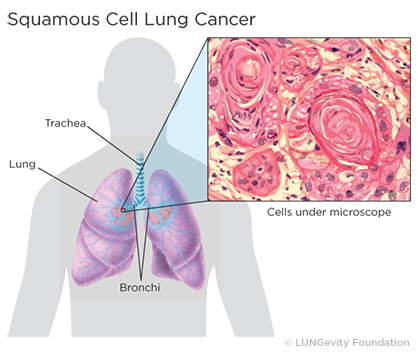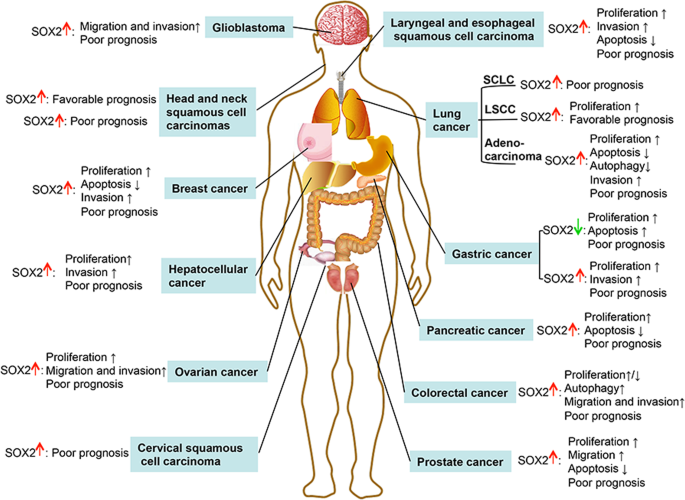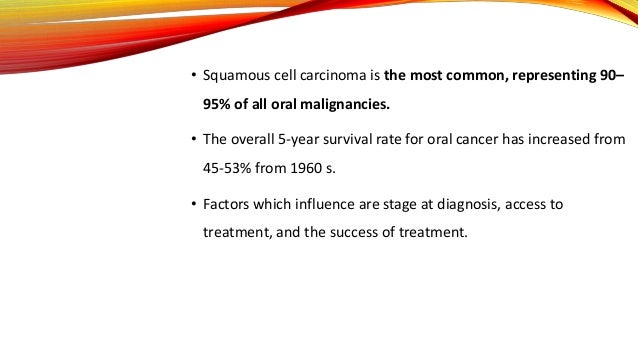If you or a loved one has been diagnosed with stage iv non small cell lung cancer one of the first questions that may come to mind is what is the life expectancy as the most advanced stage of the disease in which cancer has spread metastasized from the primary tumor to distant organs stage iv lung cancer has a median survival time of around four months.
Stage 4 squamous cell cancer prognosis.
The system most often used to stage basal and squamous cell skin cancers is the american joint commission on cancer ajcc tnm system.
Stage iv lung cancer is the most advanced stage of the disease.
Although squamous cell carcinoma in the head and neck hnscc includes salivary glands and paranasale sinus tumors reduced incidence and different.
Stage 4 squamous cell carcinoma prognosis squamous cell carcinoma scc is one of the most common malignant neoplasms in the head and neck and the sixth cause of cancer at the global level.
Signs and symptoms of metastatic squamous neck cancer with occult primary include a lump or pain in the neck or throat.
Squamous cell lung carcinoma is a type of non small cell lung cancer.
Squamous cell carcinoma scc generally has a high survival rate.
Once scc has spread to the lymph nodes and beyond the survival rates are.
Stage 4 squamous cell carcinoma survival rate making an informed treatment choice starts with the stage or progression of the condition.
Approximately 600 000 cases are diagnosed every year.
The 5 year survival is 99 percent when detected early.
In this stage the disease has spread or metastasized from the lung in which it originated to the other lung the pericardium membrane around the heart and lungs chest and or other areas of the body.
We ll tell you all about treatments staging symptoms survival rates and more.
Non melanoma skin cancers cells such as basal cell cancers seldom spread and might not be organized.
Metastatic squamous neck cancer with occult primary is a disease in which squamous cell cancer spreads to lymph nodes in the neck and it is not known where the cancer first formed in the body.
A relative survival rate compares people with the same type and stage of cancer to people in the overall population.



